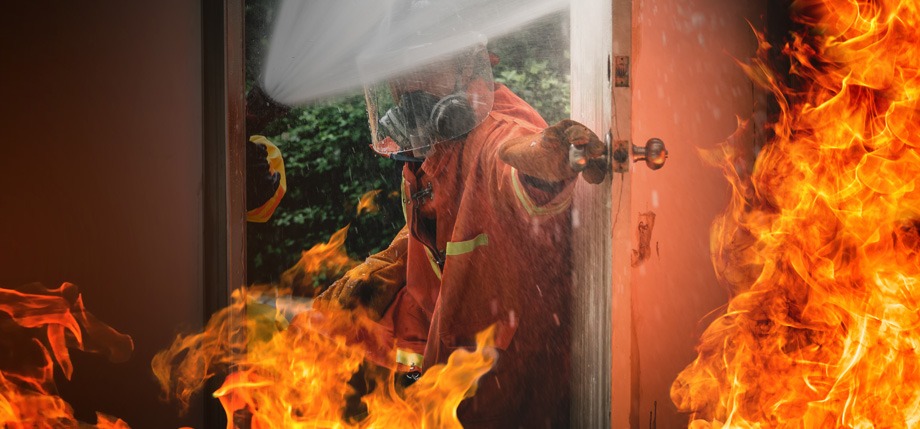Top tips for DIY fire damage cleanup

Seeing your home, office, or any related place burn, is itself a devastating thing. Even when the flames have been gotten rid off, there exists an emotionally tiring task of cleaning the remains.
Problems such as soot, smoke, and chemicals used in extinguishing the flames need to be dealt with as soon as possible.
Burnt walls are definitely not a happy sight to see.
Here are the best DIY tips, which can help you with the fire damage cleanup with ease.
Contents
1. Charring and Soot need to be removed:
These terms refer to the flaky substance, which consists of mainly amorphous carbon. They can create havoc once they enter in an individual’s respiratory system and can lead to a serious impact on health. Moreover, it can do further damage to fabrics.
This is how you can clean up soot and charring:
Soot has a very strong odour and for getting rid of it you need an industrial vacuum. This will help in eliminating the oily deposits. Make sure that you hold the cleaner’s nozzle right above the drapery, carpeting, or any other fabric. This ensures that the soot doesn’t further damage or stain the material.
2. Reduce the smell:
Once the soot and charring have been dealt with, you need to work on cleaning the odour as soon as possible. Only then the cleaning process can be initiated with full force.
Choose the items like linens, clothing, furniture, carpet, or anything for that matter, which are beyond any repair. Get them out of the premises as soon as possible.
Such objects hold odour and make this whole procedure tough. So getting rid of them is the best solution.
For cleaning the odour, you can use any of the following items, like odour Reducing Fogs, Ozone Generators, Activated Charcoal, White Vinegar, Baking Soda, and Odour Reducing Products like incense, oil diffusers or Febreze.
3. Improve the ventilation:
Ventilation is quite a major aspect of any kind of cleanup. It becomes more important when you are dealing with soot, smoke, and charred products.
Open all the windows and the main door of the house.
Ventilation not only deals with odour but also takes care of the damage caused by fire extinguishing products, which leaves a lot of moisture behind them after the extinguishing process.
4. Cleanup process:
This is the most important part of the entire process.
For the final cleanup, you would need a few items to deal with it.
- Such items includes Trisodium Phosphate cleaner (1 tablespoon), warm water, two large buckets, rubber gloves, masks for protection of face, goggles for protection of eyes, large sponges, cleaning rags, and any other thing, which you feel is appropriate.
- Wear the rubber gloves and soak the sponge in Trisodium Phosphate solution. For preparing this solution you need to mix a tablespoon of it in approximately one gallon of water.
- Do not work crazily by taking all the cleaning responsibilities. You can also allocate different sections and segments of the place to different people, if you are cleaning in a group.
- Using the Trisodium Phosphate dipped sponge, rub and wipe the walls, floor, and ceiling, using firm strokes.
Once they are wiped, take a bucket of warm water and dip the cleaning rags in it. Rinse the entire surface with it. - You might need to repeat the above procedure more than once. Ensure that clean warm water is used each time you do it.
- While cleaning the appliances, make sure the cleaning rag used is not drenched in water. If water seeps into them, they can be severely damaged.
Here are a few DIY tips, which can surely help you with the cleanup of fire damage. Using them, you will be able to restore back things to quite an extent. Moreover, they are Do-It-Yourself and will thus save your money as you would not need to hire any professional cleaner.



